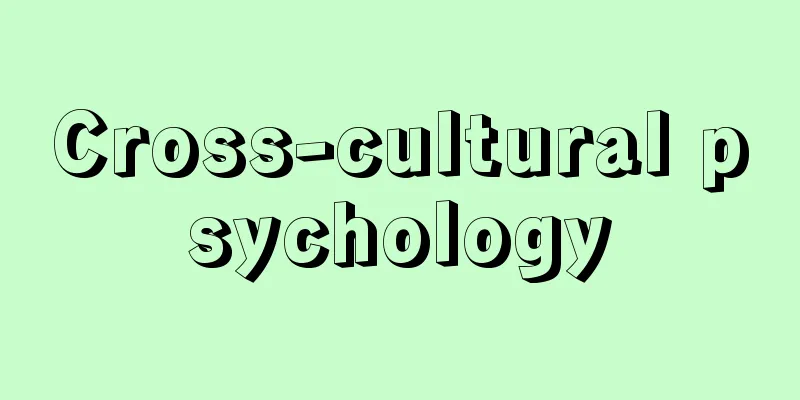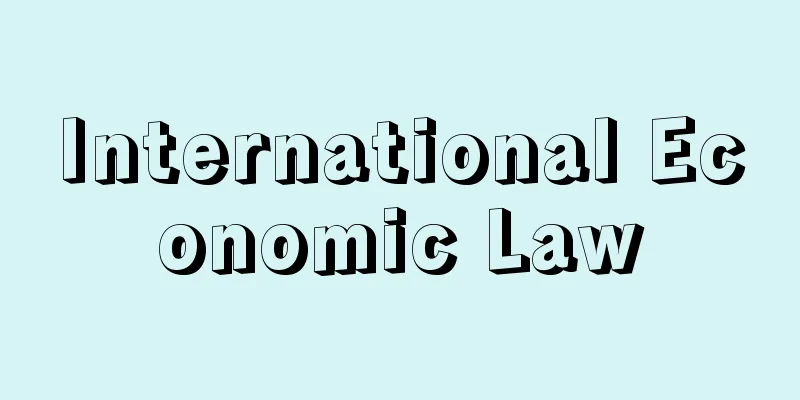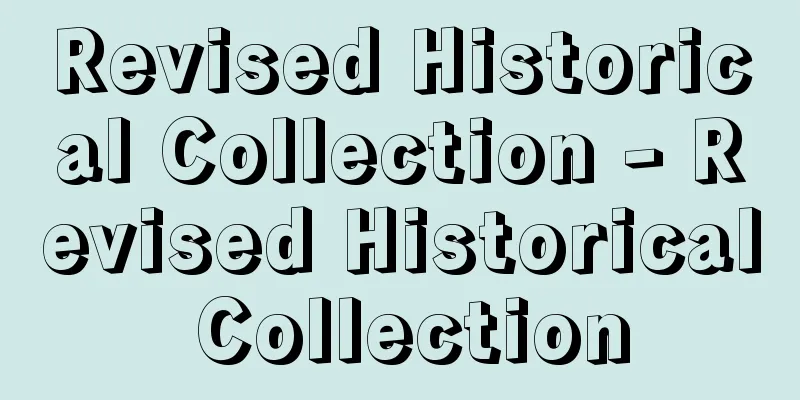Separation of medical and pharmaceutical functions

|
When a doctor needs to prescribe medication for an outpatient, the doctor writes a prescription, and the pharmacist dispenses the medication based on the prescription and issues it to the patient. The significance of separating medical and pharmaceutical roles is that it improves the safety and effectiveness of drug therapy for patients, and contributes to the rationalization of medical expenses. In other words, the pharmacist checks the contents of the doctor's prescription and prevents administration errors due to the doctor's prescription, deepens the patient's understanding of the medication they are taking by explaining the effects, side effects, and usage of the medication they dispensed to the patient before handing it over, checks for duplicate medication, interactions, and remaining medication by managing the medication history at the pharmacy, and distributes prescription books with the medication history written on them to raise patient awareness and prevent drug overdose, reduces drug costs by encouraging pharmacists to switch to generic drugs that have the same efficacy as the drugs prescribed by doctors, and reduces the drug price differential (profit arising from the difference between the market price of the drug and the drug price standard) caused by doctors' drug prescriptions. On the other hand, it has been pointed out that dividing the time between visiting a medical institution and getting prescriptions dispensed at a pharmacy means double work for patients, and that additional prescription fees and other charges will increase the burden on patients. The origin of the separation of medical and pharmaceutical functions is said to be in 1240, when Frederick II of the Holy Roman Empire, fearing poisoning, prohibited doctors from owning medicine rooms or cooperating with pharmacists, and established five laws regarding medicines and pharmacies. Since then, the separation of medical and pharmaceutical functions has spread throughout Europe, and is now a common system in many developed countries. In Japan, the "Medical System" (which stipulated various regulations regarding the medical system and health administration) enacted in 1874 (Meiji 7) gave the right to dispense medicine to drug store owners, and doctors had no right to dispense medicine but were only required to issue prescriptions, but this regulation was soon lifted due to a shortage of drug stores. In 1889, the "Pharmacist Law" was enacted, which was the first time the term "pharmacist" was used, and a comprehensive legal system regarding pharmaceutical affairs was established. It stipulated that pharmacists dispense and sell medicines based on doctors' prescriptions, but an additional provision allowed doctors to dispense and sell medicines to their own patients, so doctors began to dispense medicines themselves. After World War II, in 1949 (Showa 24), a mission from the American Pharmacists Association came to Japan at the invitation of GHQ (General Headquarters of the Allied Powers), which had been approached by the Japan Pharmaceutical Association, to inspect the situation in Japan and submit a report calling for the early realization of separation of medical and pharmaceutical functions. This sparked a debate between the Japan Pharmaceutical Association and the Japan Medical Association over the separation of medical and pharmaceutical functions, which led to the enactment of the Law on Separation of Medical and Pharmaceutical Functions in 1951, which was to come into force in 1955. However, prior to its implementation, a partial amendment to the law was made that granted doctors the right to dispense medicines, and this amendment was promulgated and put into force in 1956, and remains in place to this day. In the 1970s, calls for separation of medical and pharmaceutical functions grew against the backdrop of rising drug cost ratios (the proportion of drug costs in medical expenses) and a widening gap in drug prices, and in the revision of medical service fees in 1974, prescription fees were raised from 6 points (60 yen) to 10 points, and then to 50 points, promoting separation of medical and pharmaceutical functions. As a result, the separation rate (the ratio of the number of prescriptions received by pharmacies to the number of prescriptions written by doctors for outpatients), which was 0.5% in 1970, rose at an accelerated pace to 1.2% in 1975, 4.8% in 1980, 11.3% in 1990 (Heisei 2), 39.5% in 2000, and 53.8% in 2004. Although the rate of increase has slowed slightly since then, it has continued to increase, reaching 68.7% in 2014. In the 2010s, the expansion of so-called "hospital pharmacies" (dispensing pharmacies that mainly handle prescriptions from nearby hospitals) has been criticized as not meeting the needs of patients. Dispensing fees are set higher than in-hospital prescriptions, but hospital pharmacies often prescribe and hand over to patients without thoroughly checking the doctor's prescription, and patients often do not receive the benefits of the separation of medical and pharmaceutical functions. In the 2016 revision of medical fee remuneration, the role of "family pharmacies" (dispensing pharmacies that centrally manage patients' medication status. Patients can freely choose their pharmacy) was clarified in the construction of a comprehensive community care system, and a direction was indicated to work toward realizing a patient-centered separation of medical and pharmaceutical functions, and there is a growing movement to reform pharmacies as a whole. [Takeshi Tsuchida, November 17, 2015] "The Era of Separation of Medical and Pharmaceutical Affairs by Kosaka Fumiko (1997, Keiso Shobo)" ▽ "Research into Separation of Medical and Pharmaceutical Affairs in the Showa Period by Amano Hiroshi (2007, Brain Publishing)" ▽ "An Invitation to Social Pharmacy by Nagamine Sachiko (2008, Horitsu Bunkasha)" ▽ "Pharmacy and Society, 3rd Edition, edited by the Pharmaceutical Society of Japan (2010, Tokyo Kagaku Dojin)" ▽ "The History of Separation of Medical and Pharmaceutical Affairs by Akiba Yasuji, Nakamura Ken, Nishikawa Takashi, and Watanabe Toru (2012, Yakuji Nipposha)" [Reference items] | | | | |Source: Shogakukan Encyclopedia Nipponica About Encyclopedia Nipponica Information | Legend |
|
医師が外来患者を治療するうえで投薬を必要とする場合、医師が処方箋(しょほうせん)を作成し、薬剤師がその処方箋に基づき調剤し患者に交付するという分業の仕組み。医薬分業を行う意義としては、患者の薬物療法の安全性と有効性の向上を図るとともに、医療費の適正化に寄与することがあげられる。すなわち、薬剤師が医師の処方内容を確認し、医師の処方による投与ミスを防止すること、患者に調剤した薬の効果・副作用・用法などを説明して手渡すことによって、患者が自分の服用薬に関する理解を深めること、薬局で薬歴管理を行うことにより重複投薬や相互作用の有無、残薬などを確認し、薬歴を記入したおくすり手帳の配布によって患者の認識を高めるとともに、薬漬け治療の抑制を図ること、また薬剤師が医師の処方薬と同じ薬効等を有する後発医薬品(ジェネリック薬品)への変更を促すことにより薬剤費を抑制すること、さらに医師の薬剤処方による薬価差益(薬剤の市場実勢価格と薬価基準との差額から生じる利益)を抑えることなどである。その一方、医療機関での受診と薬局での調剤に区分することが患者にとっては二度手間になること、処方箋料等の加算により患者の一部負担が重くなることなどが指摘されている。 医薬分業の起源は、1240年に神聖ローマ帝国のフリードリヒ2世が毒殺を恐れて、医師が薬室をもつことや薬剤師と共同経営することを禁止し、薬剤や薬局に関して5か条の法令を定めたことによるとされている。その後、ヨーロッパで医薬分業が広まり、現在は多くの先進諸国で医薬分業が一般的な仕組みとなっている。 日本では、1874年(明治7)に制定された「医制」(医療制度や衛生行政などに関する諸規定を定めたもの)で、調剤を薬舗(やくほ)主のものとし、医師には調剤権がなく処方書を付与するものとされたが、薬舗数の不足等からまもなくその規定が解除された。1889年に「薬律」が制定され、薬剤師の名称が初めて用いられるとともに、薬事に関する総合的な法制度が設けられた。そこでは医師の処方により薬剤師が調剤し販売することが定められたが、附則で医師が自分の患者に対して調剤し販売することを認めるとしたため、医師による薬剤交付が一般的となった。第二次世界大戦後、1949年(昭和24)に日本薬剤師会の働きかけを受けたGHQ(連合国軍総司令部)の招きで来日したアメリカ薬剤師協会使節団が日本の状況を視察し、医薬分業の早期実現を求める報告書を提出した。それを契機に日本薬剤師会と日本医師会の間で医薬分業をめぐる論争が行われ、1951年に1955年から施行するとした医薬分業法が成立した。しかし、その実施を前に医師の調剤権を認めた医薬分業法の一部改正が行われ、1956年公布・施行を経て、現在に至っている。 1970年代になって薬剤費比率(医療費に占める薬剤費の割合)の上昇と薬価差の拡大等を背景に医薬分業を求める声が高まり、1974年の診療報酬改定で処方箋料が6点(60円)から10点、さらに50点に引き上げられ、医薬分業の推進が図られた。それに伴い1970年に0.5%であった医薬分業率(医師の外来処方箋枚数に対する薬局の受取枚数の割合)が、1975年に1.2%、1980年に4.8%、1990年(平成2)に11.3%、2000年に39.5%、2004年には53.8%へと加速的に上昇した。その後やや増加率が低下したものの増加が続き、2014年は68.7%となっている。 このような状況を背景に、2010年代になってからいわゆる「門前薬局」(近接する特定の病院の処方箋をおもに扱う調剤薬局)の拡大が患者ニーズに対応した医薬分業にはなっていないとする批判が強まってきた。調剤処方は院内処方の場合に比べて高く設定されているのに、門前薬局では医師の処方内容を十分にチェックせずに処方して患者に渡すケースがみられ、患者は上記のような医薬分業のメリットを受けていない場合が多いからである。そうしたなかで2016年の診療報酬改定において、地域包括ケアシステムの構築を進めるうえで「かかりつけ薬局」(患者の服薬状況を一元的に管理する調剤薬局。患者は自由に薬局を選択することができる)の果たす役割を明確化し、患者本位の医薬分業の実現に取り組むとする方向性が示され、薬局全体の改革を図る動きが強まっている。 [土田武史 2015年11月17日] 『小坂富美子著『医薬分業の時代』(1997・勁草書房)』▽『天野宏著『昭和期における医薬分業の研究』(2007・ブレーン出版)』▽『長嶺幸子編著『社会薬学への招待』(2008・法律文化社)』▽『日本薬学会編『薬学と社会』第3版(2010・東京化学同人)』▽『秋葉保次・中村健・西川隆・渡辺徹編『医薬分業の歴史』(2012・薬事日報社)』 [参照項目] | | | | |出典 小学館 日本大百科全書(ニッポニカ)日本大百科全書(ニッポニカ)について 情報 | 凡例 |
>>: Pharmaceutical industry - yakuhin kougyou
Recommend
Epic poem
Generally, it refers to a grand narrative poem ab...
Count of Saint-Germain (English: Comte de Saint-Germain)
Around 1707-84 A legendary figure of the 18th cent...
Aster
The first British feminist theorist. Born as the d...
Night Hospital
It started as a form of rehabilitation for the men...
Asabasho - The Asabasho
This is the only iconographical collection in the ...
Ostfriesian
(7) Dairy breeds: These are breeds kept for the p...
Curb chain
...From the Middle Ages to the Renaissance, extre...
Lehmann, W.
…He was praised for his combination of poetic tra...
Chionji Temple
This temple is of the Myoshinji school of the Rin...
injection structure
...The cause is thought to be the removal of unso...
Adrian, DE - Adrian
...In particular, because the activity of nerve c...
Canal
Canal is a long, narrow, straight channel that is ...
Akanishi Kaita - Akani Shikakita
A Japanese film from 1936 (Showa 11). Directed by...
Steinitz, W.
...Others have pointed out its connection with th...
Karalichev, AI - Karalichev
...Famous poets include Milev's "Septemb...









